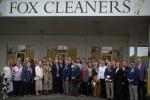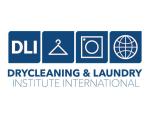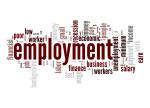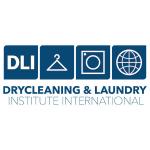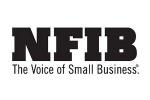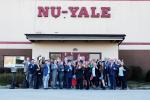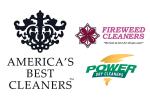CHICAGO — As the calendar flips from one year to the next, dry cleaners still have to deal with the challenges they faced the day before. The new year, though, presents the opportunity to reflect on the previous year and plan for the one ahead.
For the past few years, changing patterns in customer behavior, new technologies and the pains of an industry finding its way forward have been a constant concern for cleaners. So, what might the new year have in store?
How Many Cleaners in 2025?
With many smaller cleaners leaving the industry in the past few years, those who remain have consolidated much of their businesses or service areas. So, will this trend continue in 2025?
“I think it’s going to stabilize,” says Mary Scalco, CEO of the Drycleaning & Laundry Institute (DLI). “I think we’ve seen the shakeout from COVID. We’ve had a lot of consolidation, but I think the people who are left in the industry have figured it out.”
Christopher White, executive director of America’s Best Cleaners (ABC), says he sees things differently.
“Consolidation, consolidation, consolidation,” he predicts, noting that in just the last quarter, his organization was involved in six acquisitions. “Some of them are small little $250,000 mom-and-pops, and a couple of them are established $2 million businesses.”
Several factors are driving this consolidation, White says, with real estate pressures of particular concern. He explains that many commercial properties that were refinanced during COVID at low interest rates are now facing balloon payments and adjustable-rate increases.
“You have these small mom-and-pop operations seeing the extra two to three years being put on the back of their leases, but now the rent has increased by 20%,” he says.
Adding to these pressures, commercial landlords have become hesitant about renting to dry cleaners after discovering the true costs of removing cleaning plants during COVID. According to White, landlords found that removing a drycleaning plant, including dealing with chemical spills and infrastructure changes, could cost $100,000 to $150,000.
“Even during the 2008 recession, a commercial landlord could always find another dry cleaner in the marketplace to take over the lease,” he says. “Now, landlords found out very quickly how expensive it is to pull a drycleaning plant out because there were no other dry cleaners to take over that space.”
Industry consolidation has been significant. Scalco estimates around 30% of drycleaning businesses have closed since the pandemic. However, she believes most that remain have stronger, more agile businesses.
“The people who are left in the industry have figured it out,” she says. “They realize you have to do something besides just dry cleaning.”
Evolving Challenges
Many 2024 issues will be following cleaners into 2025. They include the tight supply of available workers and the changing needs of drycleaning customers.
“The labor market’s been a big challenge for us,” Scalco says. “These are physically taxing jobs. You’re standing on your feet seven or eight hours a day. We expect people to do repetitive jobs, almost like factory workers, but factory workers put the same widget in the same spot every time. With dry cleaning, you’re pressing pants and shirts and there’s a variety. You have to adjust.
“Finding those skilled workers or people who want to do the job at the price point we want to pay has been challenging for most people, and I think that’s only going to continue.”
There are also the changing lives and habits of drycleaning customers to keep in mind, White says.
“There’s this hope or notion that people think something’s going to happen where people are going to go back to the office,” he says. “I would never advise any of my clients to build a strategy on hope. I don’t think we’re ever going to see that white-collar workforce come back like we did before. That one factor is driving a lot of the flatness of piece counts.”
Come back Tuesday for Part 2 of this series, where we’ll examine how technology and changing customer expectations are reshaping the drycleaning industry.
Have a question or comment? E-mail our editor Dave Davis at [email protected].





